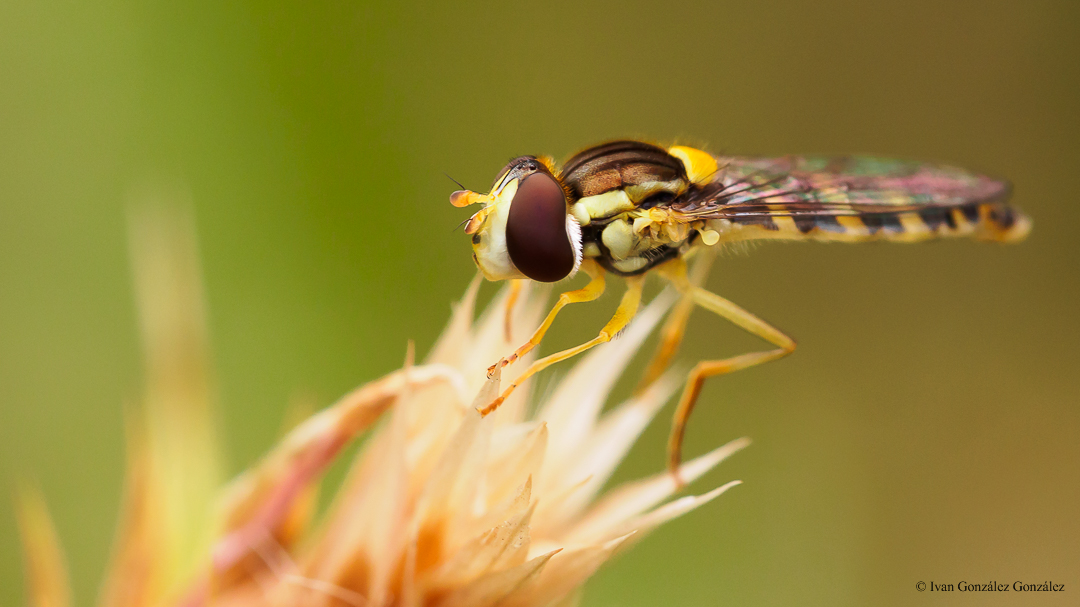
HOVERFLIES OR PARASITIC FLIES
SIRFIDOS O MOSCAS PARÁSITAS


How do they act?
Hoverflies, also known as flower flies, are flying insects that imitate bees or wasps but do not sting. They are natural allies in biological pest control. While adults feed on nectar and pollen, their larvae are voracious predators, especially of aphids. Additionally, some species of parasitic flies (such as tachinids) lay their eggs on or inside pest insects, and their larvae remove them from the inside. Both are an essential part of the ecological balance of the garden.
How to attract them?
To attract and keep hoverflies and parasitic flies in your crops, keep the following in mind:
- Plant umbel-shaped flowers such as dill, cilantro, parsley, wild carrot and fennel.
- Avoid the use of chemical pesticides, especially during flowering.
- Leave some plants with wild or spontaneous flowers, which serve as food and shelter.
- Do not eliminate all aphids at the first sign; a small population can attract predators.
- Avoid excessive cleaning of the garden, since these insects look for microhabitats to lay eggs.
- Do not use excessive sticky traps, especially yellow ones.
What pests do they control?
Hoverfly larvae feed mainly on aphids, but they can also attack mealybugs, whiteflies, and to a lesser extent, the eggs of other insects. Parasitic flies such as tachinids act on caterpillars, bedbugs, beetles and other soft-bodied insects. Its presence is especially valuable in vegetable crops, fruit trees and ornamental plants.
RECOMMENDED PRODUCTS
The products shown are recommendations and are not our own products. As Amazon Associates, we earn revenue from purchases of recommended products.



















